(CLO) In an effort to increase its military strength, Ukraine wants to join the group of countries capable of producing ballistic missiles. But too many factors are making it difficult for Kiev's missile program.
An ambitious project
Ukraine is busy developing its own ballistic missiles. The country keeps most details of its missile program secret, but Ukrainian officials have recently indicated that it could soon be operational. Ukraine tested one of its ballistic missiles in August, according to the Wall Street Journal.
"Next year or at the end of the year, you will hear that there will be a huge missile program," the US newspaper quoted Ukrainian Defense Minister Rustem Umerov as saying.
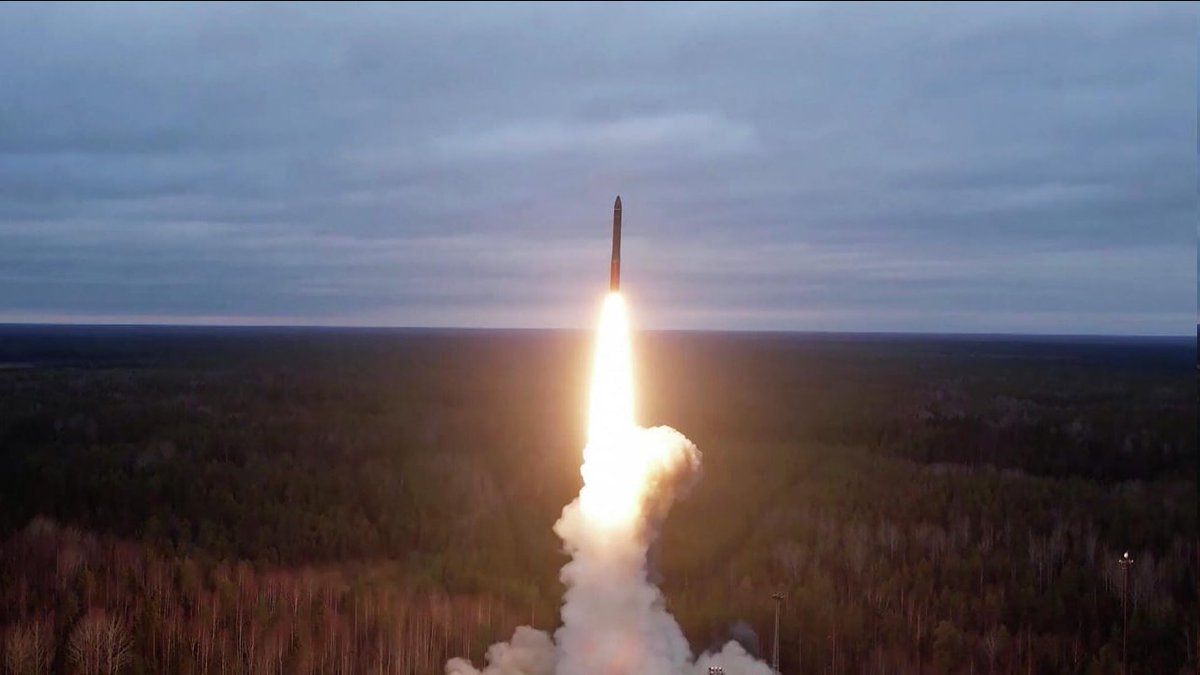
A Russian intercontinental ballistic missile is launched during a test. With speeds of up to Mach 10 or even Mach 20, these missiles cannot be intercepted. Photo: Sputnik
According to Mr. Federico Borsari, a member of the Center for European Policy Analysis (CEPA), currently only about a dozen countries, including the US and Russia, possess enough know-how and capabilities to produce ballistic missiles.
Ballistic missiles typically leave the Earth's atmosphere after launch and re-enter Earth at high speeds, making them difficult to intercept. They also tend to pack a greater punch than many other types of missiles and drones.
Ukraine has seen firsthand how devastating ballistic missiles can be. Since the start of the conflict, the country has shot down a much smaller proportion of Russian ballistic missiles than its opponents’ missiles and drones, according to a Wall Street Journal analysis of data.
After Kiev first attacked Russia with Western-supplied long-range missiles (ATACMS and Storm Shadow) in two consecutive attacks, Russia responded by “sending” Ukraine a medium-range ballistic missile.
The Russian missile strike – believed to be a test version of its newest medium-range hypersonic Oreshnik missile, which can reach speeds of up to Mach 11 – demonstrated the unstoppable power of the weapon. And it has further emboldened Ukraine to develop its own ambitious ballistic missile program.
Difficulties surround on all sides
Ukraine has a wealth of technical know-how, having played a key role in the design and manufacture of Soviet long-range missiles. It also produces its own cruise missiles and missile-drones hybrids, many of which are based on Soviet-era designs.
For example, the Ukrainian Neptune cruise missile, which resembles the Soviet Kh-35 anti-ship missile, was used for much of the war. The weapon carried out several notable attacks, including the sinking of the Moskva, the flagship of Russia’s Black Sea Fleet.
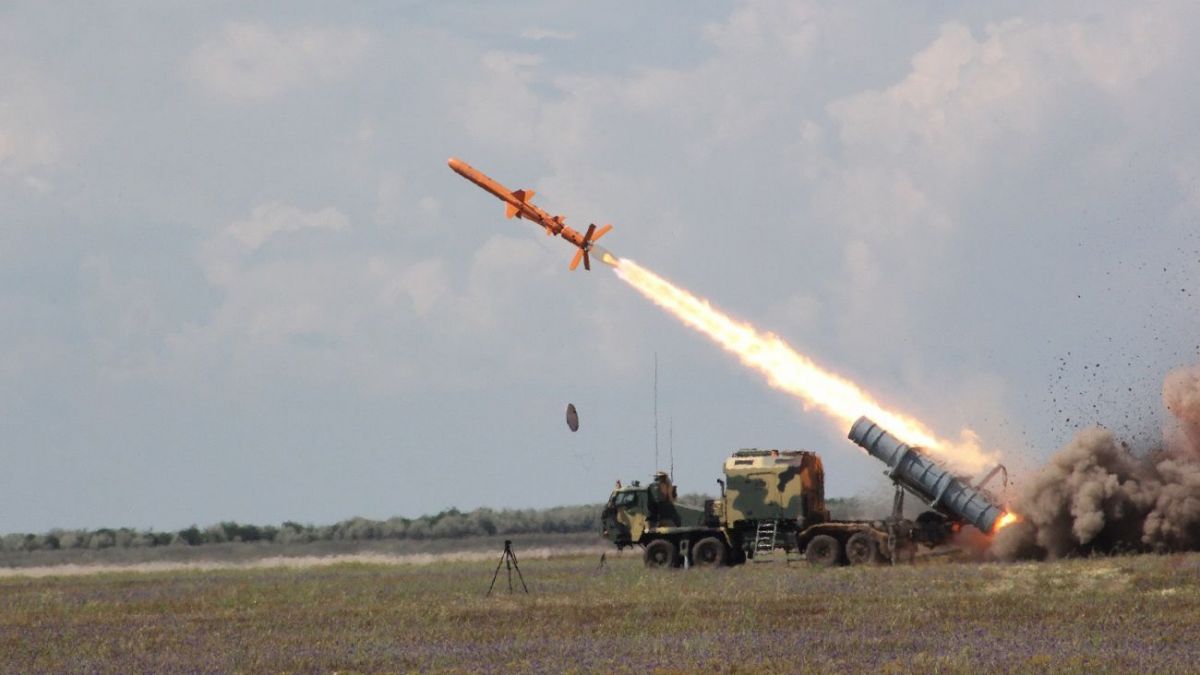
Ukraine's Neptune anti-ship missile, similar to the Soviet Kh-35, sank the Moskva cruiser. Photo: RBC Ukraine
But Ukraine has yet to add a homegrown ballistic missile to its arsenal, despite decades of research into the weapon. The country is currently working on more than one ballistic missile, according to Anna Gvozdiar, Ukraine’s deputy minister of strategic industries.
However, Ukrainian officials also say Kiev’s missile program lacks both technical and financial capacity. Oleksandr Kamyshin, an adviser to Ukrainian President Volodymyr Zelenskyy on strategic issues, said the country simply does not have enough money to increase production quickly enough.
Ukraine has had to use its Neptune missiles sparingly in combat because a lack of funding has constrained production. Meanwhile, Douglas Barrie, a military aerospace expert at the International Institute for Strategic Studies (IISS), said ballistic missiles are particularly expensive to produce, in part because the materials used must withstand the high temperatures during re-entry into the Earth’s atmosphere.
Another challenge is the ability to produce weapons at scale. Missile manufacturers around the world struggle to maintain a steady supply of missile components, such as engines.
The same challenge is of course present in Ukraine, and to a greater extent. Yehor Chernev, a Ukrainian lawmaker who helps manage the country’s relationship with the North Atlantic Treaty Organization (NATO), said last month that Kiev was struggling to get parts on time.
Be satisfied with the weapons you have
Given these obstacles, the US believes Ukraine should focus on long-range drones. US Defense Secretary Lloyd Austin recently told reporters that Ukraine’s already successful long-range drone program makes more financial sense than ballistic missiles, given their cost.
A recent $2.4 billion U.S. aid package included funding for long-range drones and other domestically produced weapons. Experts say that money will not be used for ballistic missiles.
For some time, Ukraine has been using drones to carry out attacks at much greater distances than the Western missiles it is allowed to use.
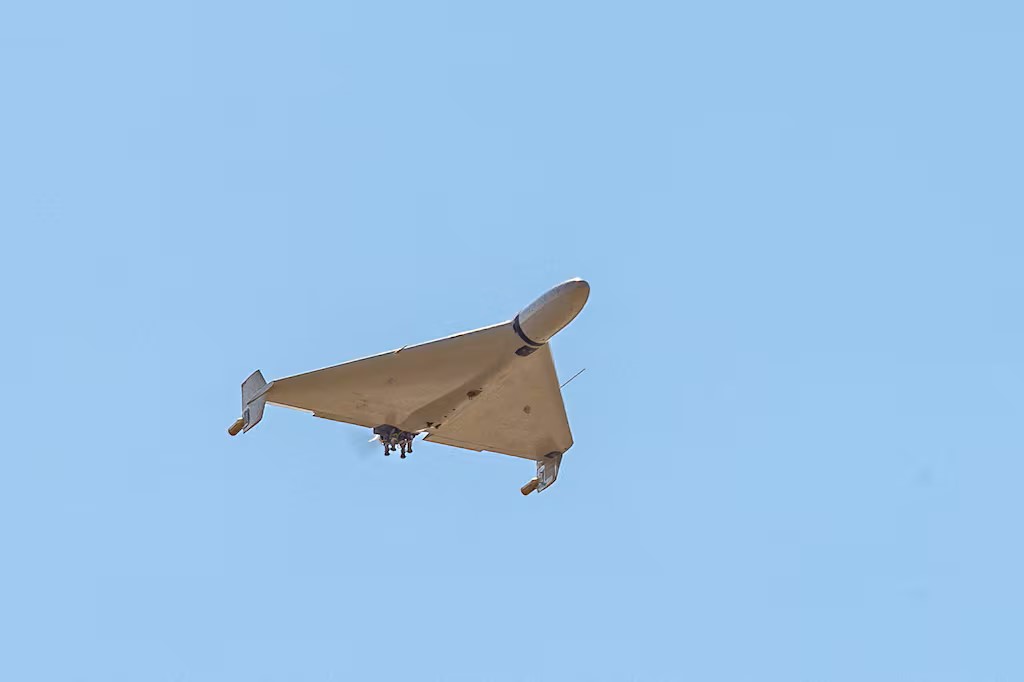
A Ukrainian attack drone. Kiev says these cheap but effective weapons have struck as far as 2,000 km into Russia. Photo: Defense News
Kiev said one of its attack drones struck about 2,000 kilometers into Russia. Ukraine is also developing weapons that combine missiles and drones. One of the hybrid weapons, the Palianytsia, was first used in occupied eastern Ukraine in late August.
The weapon looks like a small cruise missile but has a less sophisticated guidance system and a smaller warhead. That could make them cheaper and easier to build than cruise and ballistic missiles.
Another long-range hybrid aircraft made in Ukraine, called January, uses a rocket engine to accelerate the first part of its flight before a drone takes over the rest of the journey.
So, Hanna Gvozdiar, Ukraine’s deputy minister of strategic industries, said long-range strike drones remain an effective and cheaper alternative to ballistic missiles. “We are limited both in terms of funding and time. It takes years to develop a missile, but we have to do it in a few months,” Gvozdiar explained.
Nguyen Khanh
Source: https://www.congluan.vn/tu-san-xuat-ten-lua-dan-dao-giac-mo-kho-thanh-cua-ukraine-post322679.html


![[Photo] Prime Minister Pham Minh Chinh receives leaders of Excelerate Energy Group](https://vphoto.vietnam.vn/thumb/1200x675/vietnam/resource/IMAGE/2025/5/29/c1fbe073230443d0a5aae0bc264d07fe)



![[Photo] Prime Minister Pham Minh Chinh attends the event "Digital transformation of the banking industry by 2025"](https://vphoto.vietnam.vn/thumb/1200x675/vietnam/resource/IMAGE/2025/5/29/0e34cc7261d74e26b7f87cadff763eae)





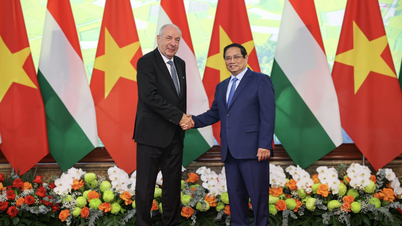



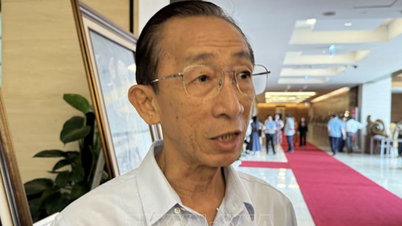
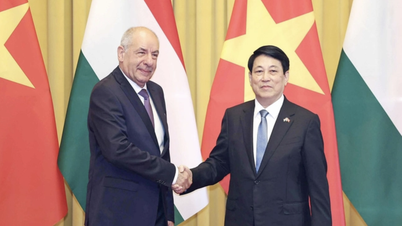






























































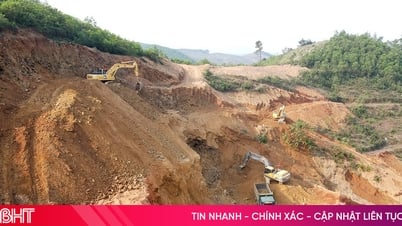












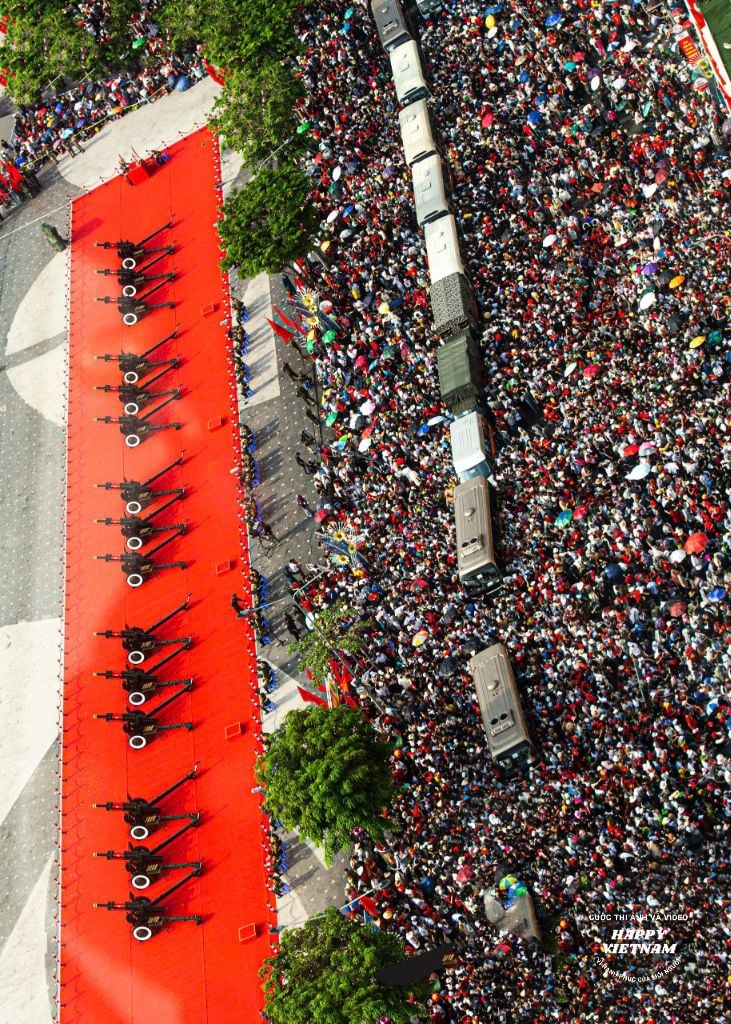

Comment (0)